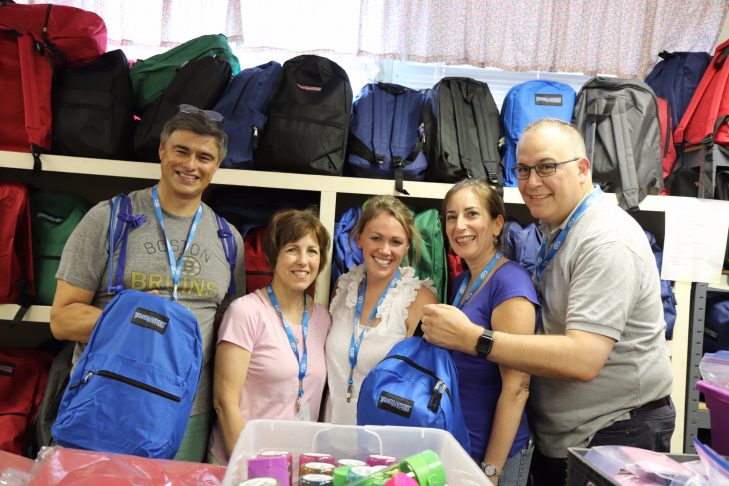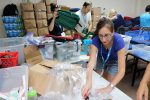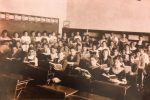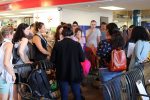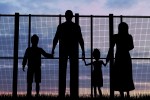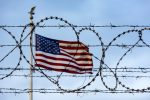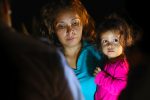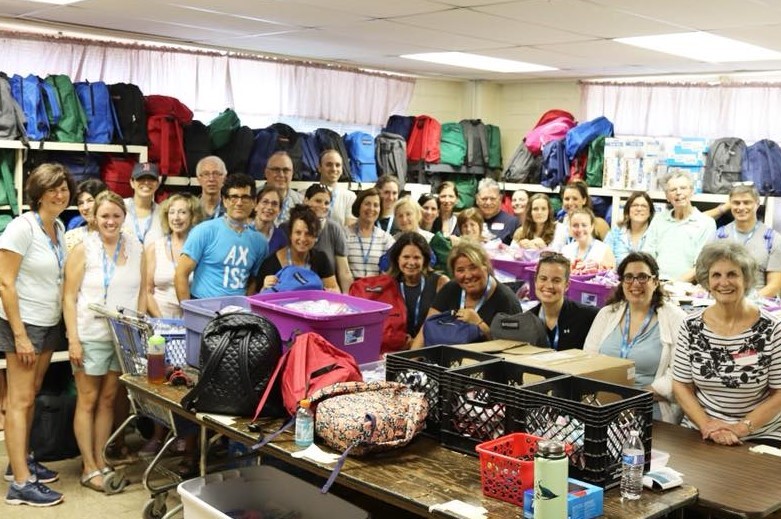Last week I had the honor of joining CJP’s first U.S.-based crisis response mission to San Antonio to see firsthand the impact of CJP’s Fund to Aid Children and End Separation (FACES). At last count, the fund has raised over $215,000 from 413 donors and has distributed $36,000 to the Interfaith Welcome Coalition (IWC) and $150,000 to the Young Center, both in San Antonio, Texas.
The 29-person mission was led by Sarah Abramson, CJP’s vice president of caring, community impact and strategic partnerships, and Dani Weinstein, CJP’s associate vice president of women’s philanthropy and the young adult initiative. I was joined by fellow Jewish agency professional leaders Jeremy Burton, executive director of JCRC; Kimberlee Shumacher, CEO of JBBBS, and Karin Blum, chief development officer of JVS. Also with us were several CJP donors, volunteers and staff.
The mission quickly became more than a trip to show our support of FACES. It became more than packing backpacks with food, water, toiletries and children’s coloring materials. It became more than seeing how committed non-profits in the San Antonio area like the IWC—providers of basic needs and some case coordination—and the Young Center—providers of immigrant legal services—are fighting to stop the injustices occurring daily for asylum seekers.
Most important, we were able to bear witness and meet some of the families at the San Antonio Greyhound bus station, the location that is the first stop after the asylum seekers are processed in U.S. detention centers south of San Antonio. When the individuals and families arrive at the bus station, they have no money, are tired, do not know what the future holds and are hopeful that they can travel onward to stay with family in the U.S. while they await their asylum hearing. The hearings might not occur for months, or even years.
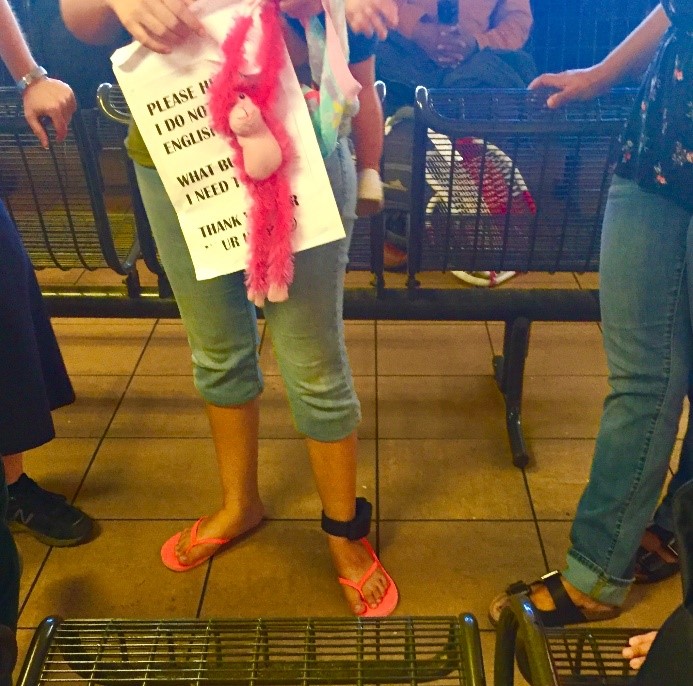
During the trip I met three families, and my Spanish fluency proved to be crucial in communicating with them. First, I met a very young mother from Guatemala who was traveling with two children and another adult. They had crossed the border illegally at the Rio Grande in McAllen, Texas, five days earlier. She traveled to the U.S. to flee gang violence. She was very nervous when she saw policemen at the bus station, and told me that in Guatemala, the police helped the gangs. It was upsetting to see her with an ankle bracelet as she managed her children, toys and an unknown future.
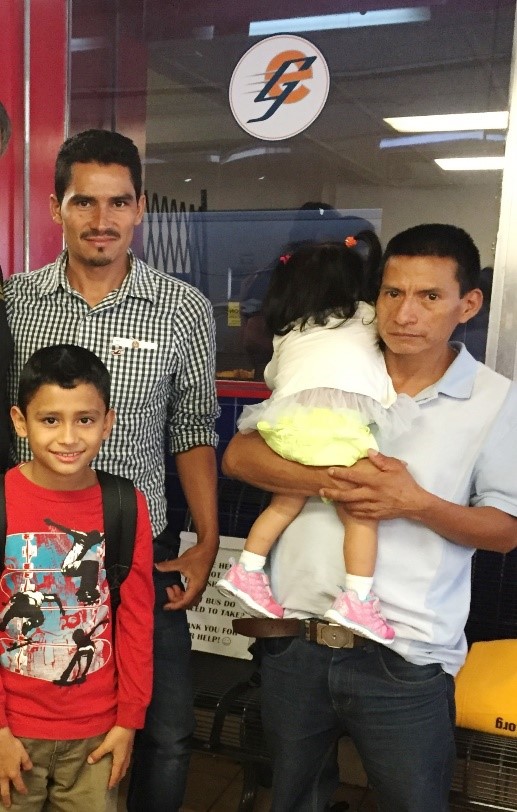
The two other families I met were two adult men, each traveling with one child, who had crossed the Rio Grande four days earlier. They allowed me to photograph them. The man on the left was fleeing drug gang violence in Honduras. His son had just finished fourth grade, and I was told that the child’s mother was killed by a stray bullet from gang crossfire. The man on the right is from Ecuador. He is also fleeing gangs that had given him an ultimatum to either join them or be killed. He has family in the Boston area and is traveling here to await his asylum case. It was extremely emotional to hear their stories of survival and there was not a dry eye in our group.


